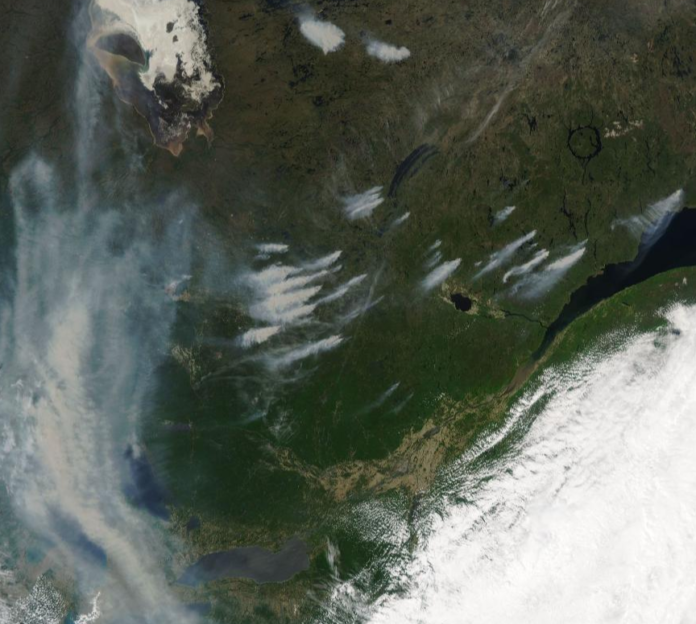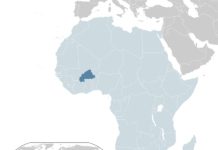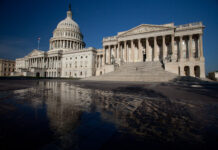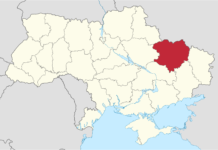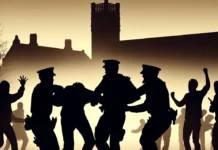Canadians’ current wildfires have brought intense smog to the northern U.S., resulting in air quality alerts for three-quarters of a hundred million people. Government officials are strongly advising the public to practice safety protocols and limit their exposure to the outdoors to avoid any possible ill effects caused by the smoke.
According to predictions, these risky air conditions are expected to remain for multiple days. Low pressure is causing the present weather pattern to drive smoke into the US, especially affecting the Northeast. This situation is anticipated to remain for a few days, though an alteration is expected to come by next week.
Areas in the northern United States, like Charlotte, Indianapolis, Rhode Island, New York, Detroit, and Delaware, have issued air quality alerts as a result of the thick smoke generated by over 430 ongoing wildfires in Canada. This haze of smoke has created a frightening orange glow, covering neighborhoods, parks, and school grounds and raising worries about the possible contamination of the air.
On Wednesday evening, the air quality in New York City had skyrocketed to a hazardous level 6, surpassing 320 on the air quality index from AirNow.gov—an online resource operated by a variety of governmental departments. On Thursday, NYC air quality levels rose marginally; however, the region still resides in the “very unhealthy” category – this has resulted in the Big Apple being one of the most polluted cities in the world. Due to the low visibility resulting from the smog, the Federal Aviation Administration established a ground stop on Thursday for all flights heading toward LaGuardia Airport, and similar orders are likely to be enforced for airports from New York to Charlotte.
The City of Philadelphia has issued a Code Red warning, which the Department of Health has used to remind people of the risks that the smoke poses. The health of the elderly, children, and those with underlying respiratory or cardiovascular conditions is particularly vulnerable to the serious consequences this smog could produce.
James Garrow, a representative of the Philadelphia Department of Public Health, stated emphatically that those not part of the sensitive groups should abstain from performing rigorous outdoor activities such as running or exercising.
The impact of the Canadian wildfires on air quality in the Northern US emphasizes the urgent need for precautionary measures and heightened public awareness. In an effort to prioritize the safety and welfare of residents, authorities and health agencies remain dedicated to closely monitoring the situation.
